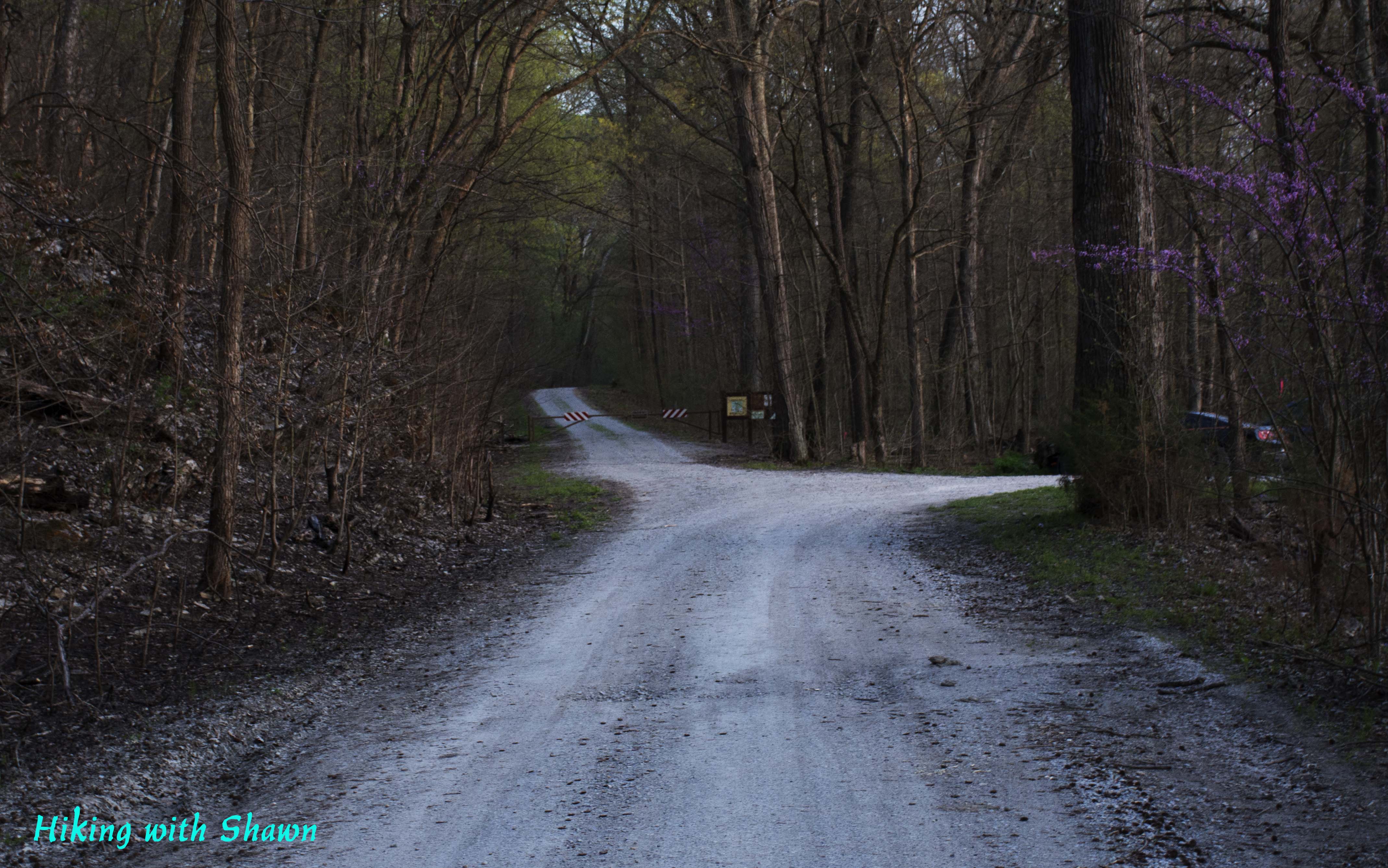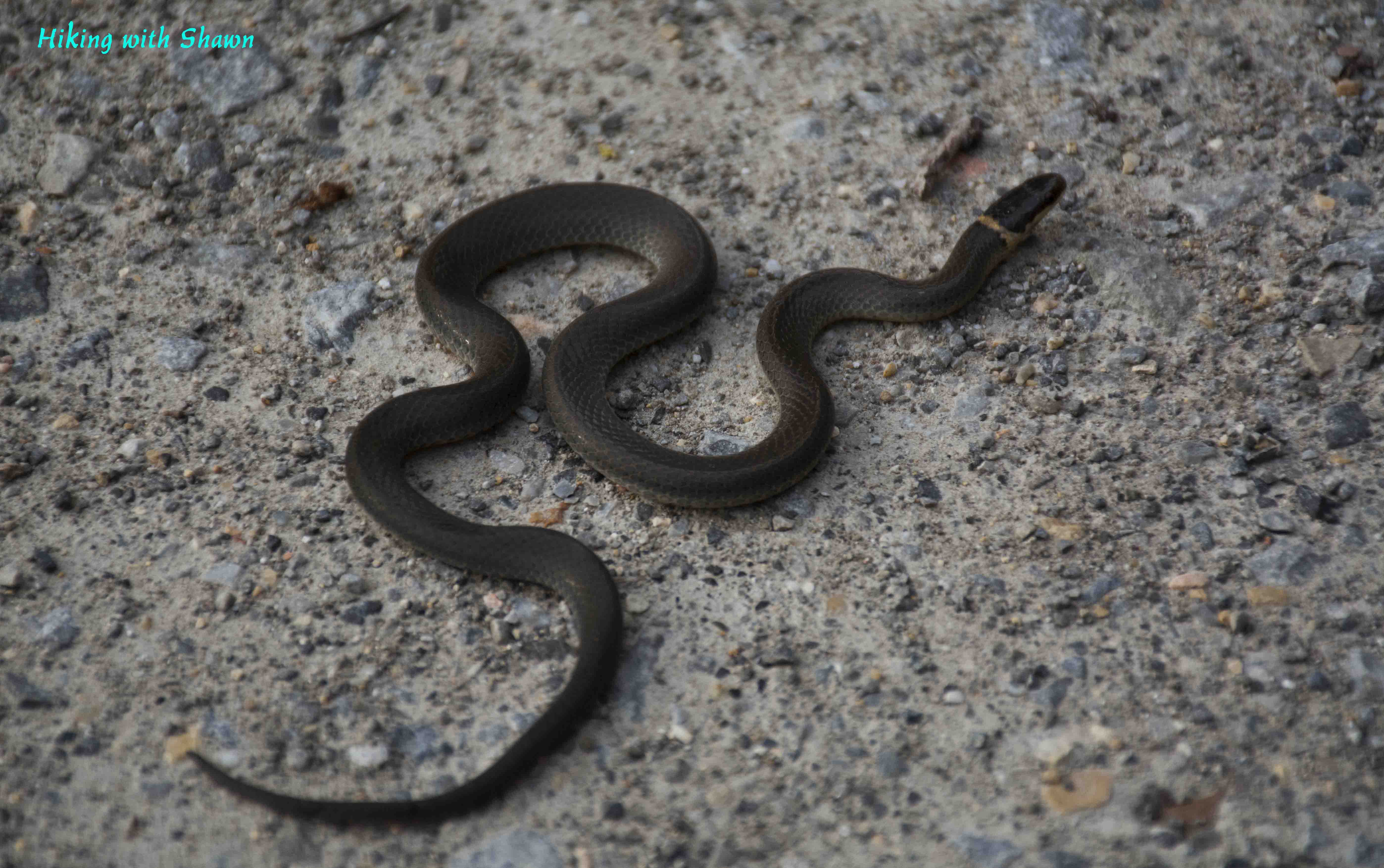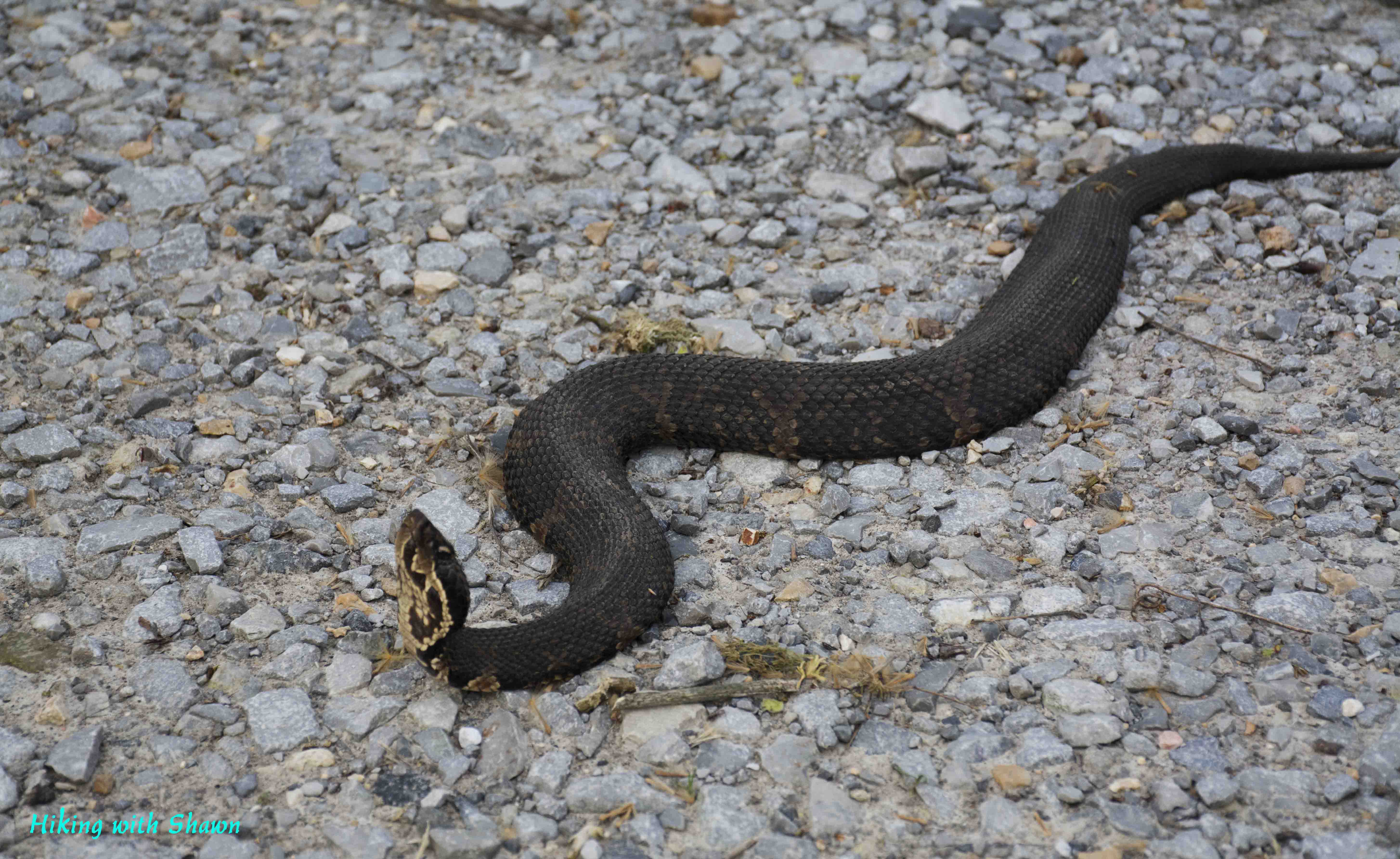LaRue Pine Hills Snake Road
Making the Shawnee More Unique than Other National Forests
What is LaRue Pine Hills Snake Road?
The Importance of the Road Closure During Migration Periods
It is very sad but the fact is that there are people in this area who despise snakes. Some of these people despise the snakes enough that they will run them over with their vehicles as an attempt to kill them. Whether through religious extremism, improper raising or psychological/mental conditions – some people feel that the ‘only good snake is a dead snake’ and regardless of the protected and/or endangered species status, some folks are out to kill every one they see. Snakes that are black in color often get automatically assumed as venomous snakes and many people buy into the proven to myth that snakes will intentionally chase people down to bite them so that they may inject their venom into their bodies. I’ve been within inches of the highly-venomous Timber rattlesnake and never once felt threatened. However, I used caution, had a escape plan and paid very close attention to what I was doing. Disclaimer: I do not recommend or advocate you to get close to venomous snakes. Not all black snakes are venomous. Look at the Racer, a fast snake that often is accused of chasing people but likely just mimicking or choosing the same way to flee – this particular snake eats other snakes. During the 2018 spring migration period, I observed a Racer eating a juvenile Cottonmouth. The Racer, a non-venomous snake successfully swallowed and digested the Cottonmouth, a venomous snake. Snakes do more good than they do bad such as eating of rodents, the species usually defined as the first to host significantly life-threatening illnesses, such as Lyme disease. Before you say you are terrified of snakes, imagine if you were as small as them and without arms and legs and something as large as us walked up to you, looking at you and getting close to you. Snakes are way more afraid of you than you are of them and their mouths are often the only last line of defense. It’s not like they are developing atom bombs and and shooting up schools – why put so much fear into something that hasn’t resulted in a fatality in the State of Illinois for at least 100 years? Don’t believe me? Look it up and prove me wrong!

Shawn J. Gossman
Host





A most excellent blog. Thank you.
I love snake road and I agree it should be closed to all vehicles all the time!! It’s an easy walk so get some exercise. Also I’m a birder and there are lots of migrating birds that go through there in the spring and fall not to mention all the beautiful wildflowers !!
It’s also home to many birds all year long.
I also agree awesome blog!
Thank you for this great write-up. We just visited for the first time & were excited to see 5 different species of snakes and 1 millipede.
What is the best time of day to go? should i try for a warm day?
Warm and sunny!